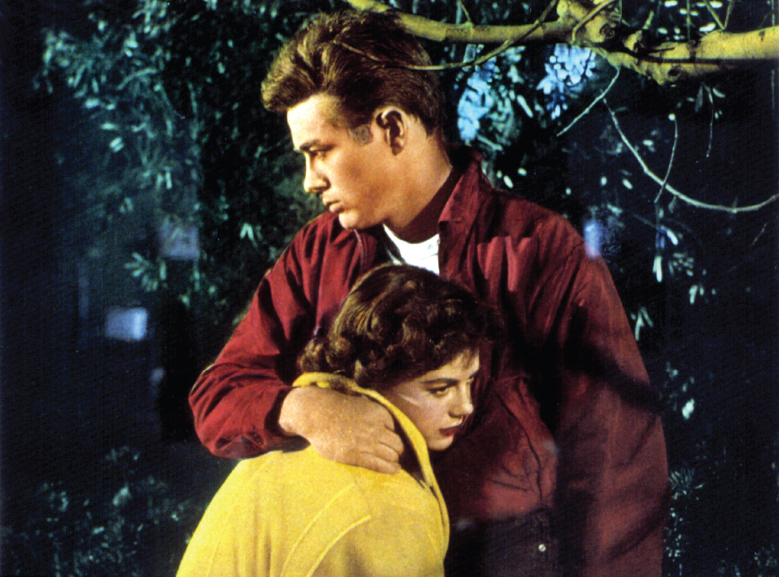Moving to the Suburbs
Common sense might suggest that television alone precipitated the decline in post–World War II movie attendance, but the most dramatic drop actually occurred in the late 1940s—before most Americans even owned TV sets.12
The transformation from a wartime economy and a surge in consumer production had a significant impact on moviegoing. With industries turning from armaments to appliances, Americans started cashing in their wartime savings bonds for household goods and new cars. Discretionary income that formerly went to buying movie tickets now went to acquiring consumer products, and the biggest product of all was a new house in the suburbs—far from the downtown movie theaters. Relying on government help through Veterans Administration loans, people left the cities in record numbers to buy affordable houses in suburban areas where tax bases were lower. Home ownership in the United States doubled between 1945 and 1950, while the moviegoing public decreased just as quickly. According to census data, new home purchases, which had held steady at about 100,000 a year since the late 1920s, leaped to more than 930,000 in 1946 and peaked at 1,700,000 in 1950.
Additionally, after the war the average age for couples entering marriage dropped from twenty-four to nineteen. Unlike their parents, many postwar couples had their first child before they turned twenty-one. The combination of social and economic changes meant there were significantly fewer couples dating at the movies. Then, when television exploded in the late 1950s, there was even less discretionary income—and less reason to go to the movies.
